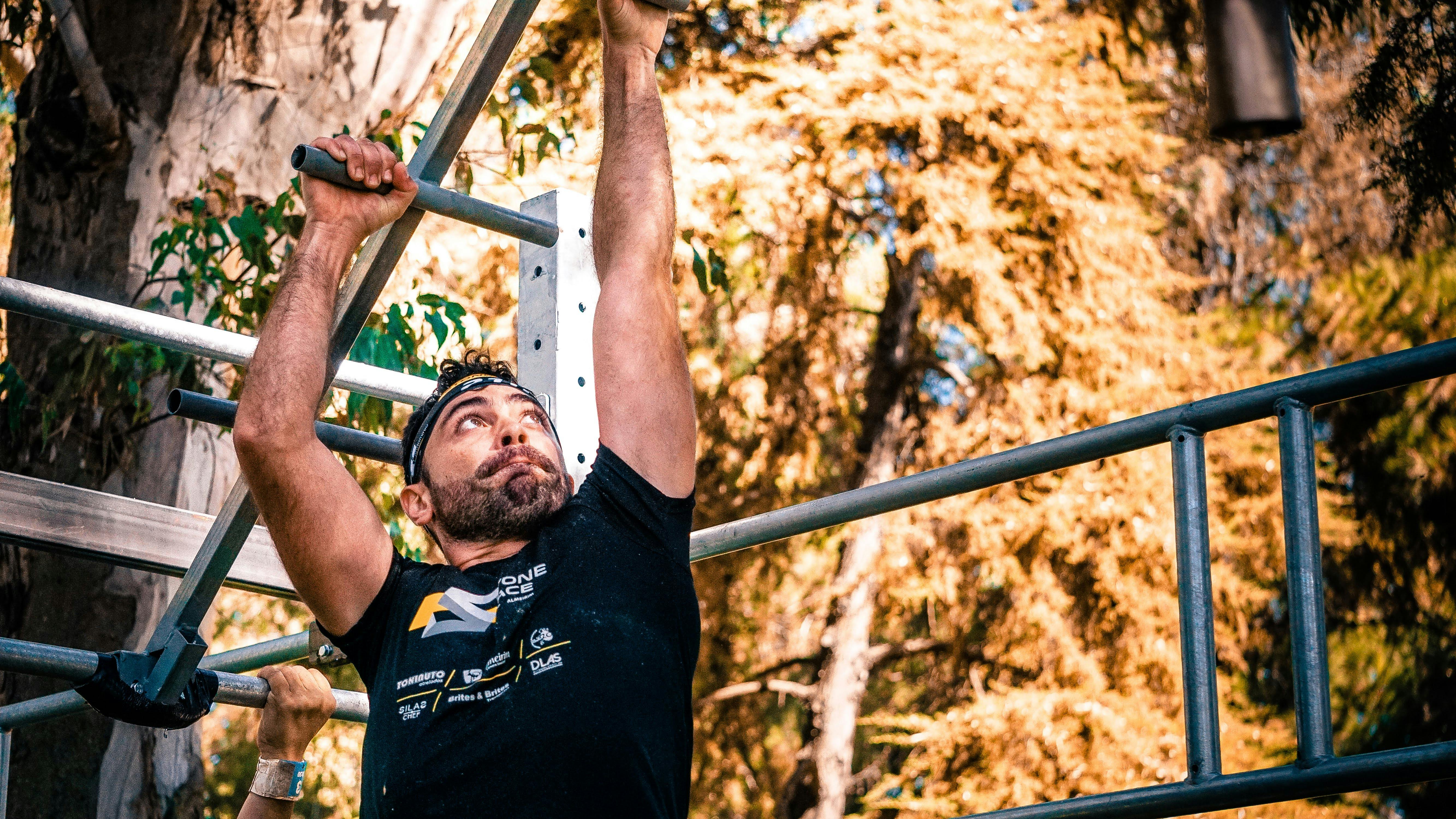The Secret to Sustainable Fitness: Balancing Intensity and Recovery
In the pursuit of fitness and physical prowess, many enthusiasts wrestle with finding the right balance between pushing their limits and allowing their bodies to recover. Understanding the delicate dance between workout intensity and recovery is crucial for long-term success and injury prevention. In this blog post, we’ll delve into the importance of balanced training, share expert advice on how to manage intensity and recovery, and address common misconceptions that may hinder your progress.
The Importance of Balancing Intensity and Recovery
For gym-goers, the thrill of a challenging workout often comes with a sense of satisfaction and accomplishment. However, what many don’t realize is that it’s not just about how hard you push during your sessions, but how well you recover afterward. Recovery is an essential component of any fitness routine, allowing your muscles to repair and grow stronger. Without adequate recovery, intense workouts can lead to burnout, fatigue, and even injury.
Understanding Workout Intensity
Workout intensity refers to the difficulty of your exercises, typically measured by factors such as weight lifted, speed of activity, or heart rate. High-intensity workouts, like HIIT or heavy weightlifting, promote muscular growth and cardiovascular fitness. However, they also create more stress on the body, necessitating longer recovery periods. Considering each individual's fitness level is important in determining the appropriate intensity for a given workout.
Practical Tips for Finding Balance
Here are some key tips to help you balance your workout intensity with recovery:
- Listen to Your Body: Pay attention to signs of fatigue or soreness. If you’re feeling excessively tired, it may be time to dial back the intensity or take an extra recovery day.
- Incorporate Active Recovery: Engage in low-intensity activities, such as walking, yoga, or light cycling, on rest days to promote blood flow and help recovery.
- Set Recovery Days: Schedule regular rest days into your workout plan to ensure your body can recuperate from intense sessions.
- Hydrate and Refuel: Maintaining proper hydration and consuming the right nutrients post-workout can significantly aid in recovery. Make sure to refuel with protein and carbohydrates to assist in muscle repair.
Common Misconceptions About Recovery
A common myth in the fitness realm is that more intense workouts equal better results. While intensity is a key driver of progress, it’s essential to recognize that recovery is equally important. Overtraining can lead to complications such as chronic fatigue, mood swings, and even injuries that could sideline you for weeks or months.
Another misconception is that rest days are a sign of weakness or laziness. In reality, taking time to recover is a mark of a smart and disciplined fitness approach. The rest period allows muscles to grow and adapt, laying the foundation for future gains.
Anecdotes to Inspire
Consider the story of Sarah, an avid gym-goer who initially focused solely on high-intensity workouts six days a week. While she saw progress, she also faced frequent fatigue and minor injuries. After consulting a trainer, she implemented a balanced routine with adequate recovery days and has since experienced both better workouts and overall well-being. Her recovery days became pivotal in achieving effective weight loss and improved strength.
Another inspiring anecdote is of Mike, who adopted a hybrid approach to workout intensity, utilizing both high-intensity training and sufficient recovery periods. Mike’s journey emphasized that consistency, combined with recovery, allowed him to excel in his fitness goals without feeling burnt out.
Wrapping Up the Journey
Finding the perfect balance between workout intensity and recovery is key to a sustainable fitness journey. Each person’s body and fitness level are unique, so be sure to personalize your program accordingly. By paying attention to your physical cues, respecting the need for recovery, and debunking common myths, you lay the groundwork for long-term success in the gym.
Achieving fitness goals is about more than just pushing through the pain; it’s about understanding the journey that includes rest and recovery. By integrating balanced training into your regimen, you ensure sustainable progress and a healthier body. Reflect on your current approach, adjust when necessary, and embrace rest as much as the grind—it’s all part of the game.
Ellaine
Ellaine is a dedicated and experienced personal trainer with over seven years of expertise in helping clients achieve their fitness goals. With a passion for health and wellness, she specialises in creating personalised training programs that cater to individual needs, whether it’s weight loss, muscle building, or improving overall fitness.
